The Mystery of Bird Attraction
You want every bird-loving customer to walk out of your store with the right purchases so they are able to go directly to their backyard, put them in place and immediately attract birds, right?
Well, then, your job, as the purveyor of bird-related merchandise, is to make sure the purchases match the needs. Those include the right number and style of feeders, plus the foods and other items to attract the birds that reside and breed in your area.
You can take advantage of the fact that you sell plants to promote good backyard habitat. Being able to recommend shrubbery that provides food or shelter gets customers headed in the direction of a bird-friendly yard.
There are no hard and fast rules for bird feeding, but there are some considerations not to be overlooked. The problem of squirrels is one of them. Nothing is more discouraging to a novice bird feeder than to have four-footed bandits devour every seed or ruin a new feeder within the first week. At that point, chances are, your customer will throw up their hands after tossing the wreckage in the trash and say, “That’s it; I tried and it doesn’t work.” As you know, it will be almost impossible to get that customer back.
To counteract any failures, stock your shelves with the widest variety of feeders, outfitted with baffles, as well as trays to catch debris and to provide a place for ground-feeding birds to stand.
Styles of Feeders
The styles of feeders you carry will depend on the types of birds in your area. The following are a few of the most common styles.
Tube-style feeder. Tube-style feeders can be the best choice for the first-time buyer. The long, slender containers are usually suspended from a tree or hung from a pole. Some models attach two or three tubes together, permitting several types of seed to be offered at the same time to attract more varieties of birds. Put samples within easy reach so customers can handle the feeders while you point out how the simple assemblies will make cleaning less of a chore. And be sure to stock and display a selection of cleaning brushes near the feeders.
Make your customers aware that tubular feeders may have tiny openings to dispense Nyjer seed for finches and pine siskins or larger holes for sunflower or the mixes preferred by chickadees, nuthatches and tufted titmice. Some tubes come with interchangeable fittings to give a choice of seed to use. Upside-down feeders, which are tubes with perches above the feeding holes, are made specifically for the acrobatic goldfinches that have no problem eating head down.
If your customer wants to practice selective feeding, sell him a tube with small perches and portals that make it difficult for larger birds to use them. An innovation in tubular feeders is the design that surrounds the tube with a plastic-coated wire cage. The spaces are wide enough for small birds to hop in and out easily to reach the seed but too small for larger birds or small mammals to get through.
Hopper feeder. Due to its straightforward simplicity, the traditional hopper feeder is ideal for encouraging a wide variety of backyard birds. Some models offer adjustable weight settings to keep out unwanted visitors, such as squirrels, crows or starlings. Hoppers can be post- or pole-mounted with a baffle beneath the feeder or hung from hooks with a baffle over the top. These feeders store seed and automatically replenish it in the feeder port, usually through gravity.
Have several hopper feeders within reach so customers can raise and lower the lid to see how simple it is to fill or check the seed level. Most any variety of seed, from straight sunflower or safflower to a mix, can be fed through a hopper. Major exceptions include Nyjer seeds, sunflower chips or a combination of the two, which easily fall through feeders or are knocked to the ground because of their small size.
Hopper feeders accommodate many different species including cardinals, jays, chickadees, titmice, sparrows, grosbeaks, purple and house finches and nuthatches and permit several birds to feed at one time.
Nectar feeders. No bird-feeding station is complete without nectar feeders to attract those tiny flying jewels, hummingbirds and the equally resplendent orioles. There should be one or more of these specially designed feeders in every yard, especially since hummingbirds devote so much time to finding food.
There are two basic nectar feeder styles: saucer and vacuum. The latter comes in a wide range of capacities, materials and designs and is easily hung from a tree limb or pole. Saucers are basin feeders covered with a lid with several feeding ports. The lid lifts completely off for easy cleaning.
Hummingbird feeders are usually made from plastic or a combination of glass and plastic, the variable being the nectar container. You can tell your customers that glass containers are more durable and scratch resistant, but plastic will not shatter if it hits the floor.
It is important to remind people that they will do a lot of filling and cleaning with these feeders. Nectar should be changed every 2-3 days, especially in hot weather, so help customers take apart feeders right in the store to insure they will be able to thoroughly clean them.
Hummingbirds are very territorial and don’t like to share nectar feeders with other hummers. Advise customers to add more feeders and to place them out of view of each other and in the shade, or so close to each other that no individual hummingbird can possibly defend them all.
To encourage people to try attracting orioles in early spring, give an orange to each person who comes into the store. Recommend cutting the orange into pieces and setting the pieces near the nectar feeder. The sugar water mixture used for hummingbirds will work for orioles as well, served in a large capacity feeder with orange, instead of red (for hummingbirds), colored parts.
Nest boxes. People are accustomed to seeing bird nests in trees, bushes, even on the ground. But there are several species known as cavity nesters that require holes in which to build their nests, and natural tree cavities are in ever-shorter supply. You can promote nest boxes to your customers in order to help these birds. Often referred to as birdhouses, nest boxes are structures that come in a purposeful variety of shapes and sizes that take the place of natural cavities. Because each species prefers a box of a different configuration, it is helpful to have a chart near the nest boxes to show the variations for wrens, flycatchers, swallows, bluebirds, chickadees, titmice or nuthatches. Pole baffles and devices that fit into nest box openings to protect the boxes from predators should be included in your store display.
Nest boxes can be put up as early as January because non-migratory cavity nesters such as titmice and nuthatches look for potential sites throughout the winter. But it is never too late because nest box use is often a result of supply and demand, so urge customers to try this important addition to their backyard habitat.

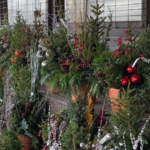
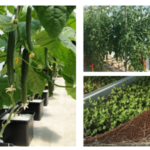
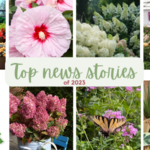
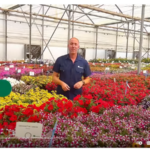

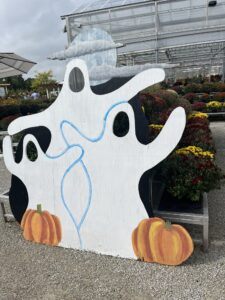
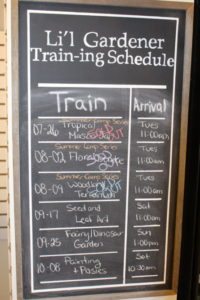
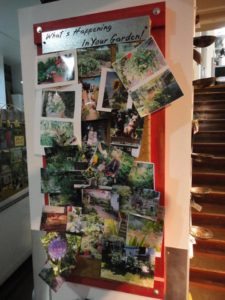
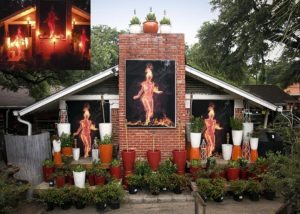
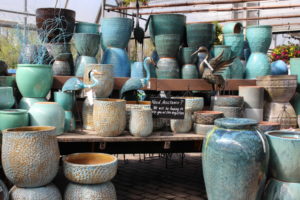

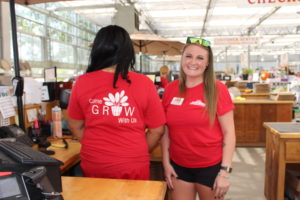
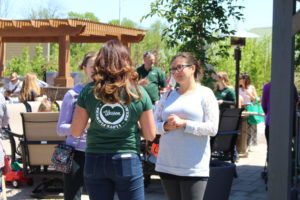
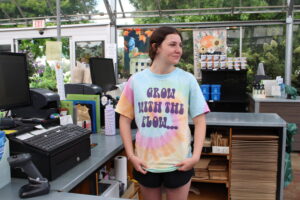
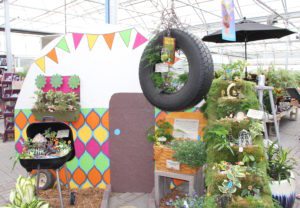

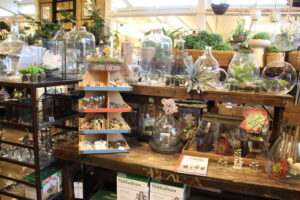
 Videos
Videos





